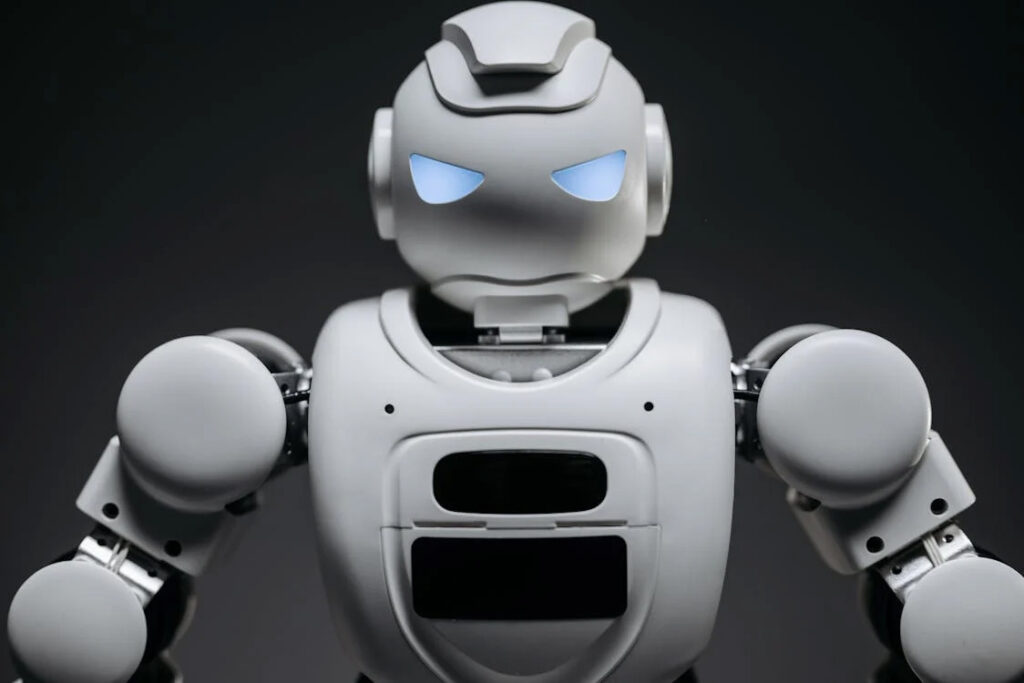Voice Recognition in the AI Era: How Our Brains Differentiate Real from Synthetic

The Intriguing Challenge of Voice Recognition
The capacity to differentiate between human and artificial intelligence (AI) generated voices has become a problem and an exciting area of research in the era of sophisticated technology. With AI-generated voices now so lifelike that they can nearly perfectly replicate human intonations and emotions, speech recognition technology has advanced dramatically. Still, many find it difficult to tell real voices from synthetic ones even with the latest technical developments. The processing of these sounds differently by our brains and the consequences of these discoveries are examined in this article.
The Science of Sound: Understanding Voice Recognition
Algorithms used in speech recognition technologies examine audio patterns to identify a voice as machine-generated or human. According to new research, people’s brain activity indicates a distinct tale even when they struggle to distinguish the type of speech. The Federation of European Neuroscience Societies (FENS) carried out study that revealed listening to human voices vs AI sounds activates distinct brain regions. Human voices, for example, frequently activate regions of the hippocampus and inferior frontal gyrus linked to memory and emotional processing. By contrast, the dorsolateral prefrontal cortex and anterior midcingulate cortex—areas engaged in mistake detection and attention—are stimulated by AI voices.
Perceptual Biases and Technological Implications
The research also sheds light on perceptual biases in voice recognition. Participants in the study were more likely to identify neutral-toned AI voices as synthetic and happy human voices as real. This bias reflects our associations with emotional expressiveness as inherently human. The report also emphasizes important ramifications for ethics and technology. There is more and more opportunity for abuse as AI voices get closer to human ones, including voice spoofing in frauds. On the other hand, there is potential for this technology in therapeutic settings and for helping those with speech difficulties.
Future Directions and Ethical Considerations
It is imperative going ahead to think about the moral ramifications of speech recognition technologies. Artificial intelligence (AI) mimicking human speech raises concerns regarding permission, privacy, and deceit. As study advances, better laws and protections against abuse may result. Furthermore, knowing the subtleties of brain reactions to various voices can help to develop AI systems that are more perceptive and emotionally sensitive.
Ultimately, the nexus of AI and neurology in the field of speech recognition provides important new perspectives on human perception and the direction of technology. We can protect against exploitation of these discoveries and use them for good by keeping up our research on how our brains react to genuine vs artificial voices. Finally, deep insights into human perception and the future of technology are provided by the nexus of neuroscience and artificial intelligence in the field of speech recognition. Through ongoing research into how our brains react to genuine vs artificial voices, we can protect against misuse and apply these discoveries for beneficial purposes. In addition to improving our knowledge of human cognition, this developing area opens the door for breakthroughs that may completely change how we use technology. It starts a more general discussion on the function of AI in society and the moral principles required to direct its advancement. In the end, the incorporation of AI into speech technology forces us to reconsider our interaction with computers and make sure they improve rather than lessen the human experience.

